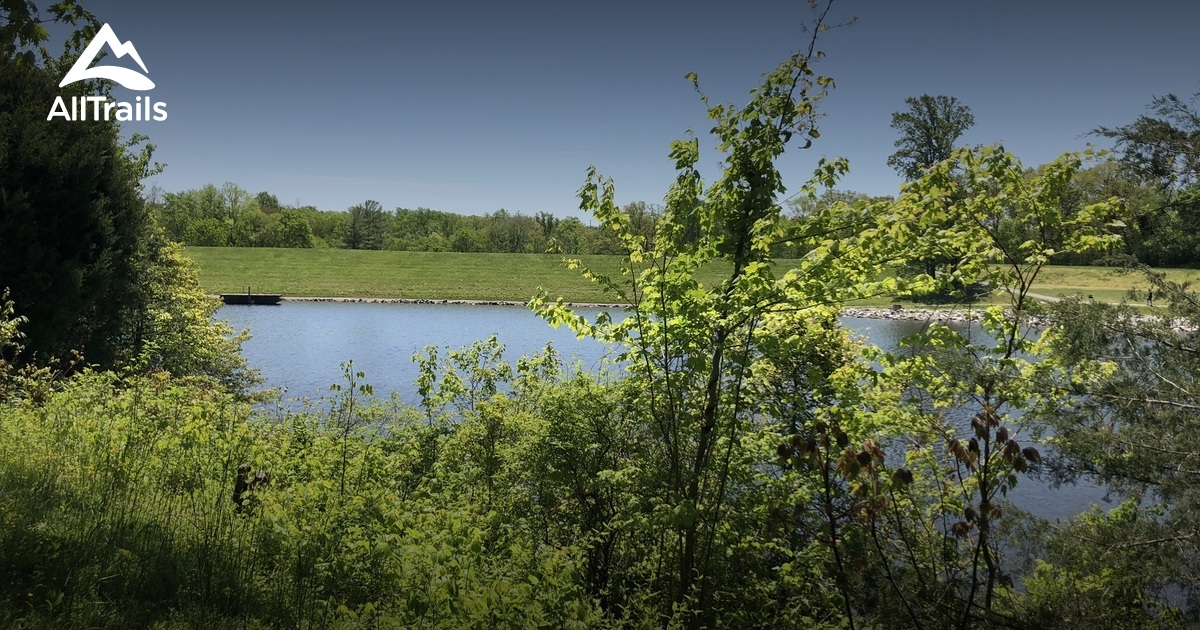
Fairfax, Virginia, a locale imbued with historical significance and picturesque landscapes, offers an array of scenic hiking trails that beckon both outdoor enthusiasts and history aficionados alike. Each of these trails weaves through the region’s rich past while providing an opportunity to immerse oneself in the natural beauty of the surrounding environments. Below, we explore five notable hiking trails in Fairfax that present a confluence of history, nature, and compelling narratives.
1. Difficult Run Trail
Commencing at the Difficult Run Stream Valley Park, the Difficult Run Trail extends approximately 5.3 miles through wooded landscapes, streams, and breathtaking vistas. The trail is not only a testament to the natural splendor typical of northern Virginia but also serves as a historical pathway. The area was paramount during the Civil War, frequently crossed by Union and Confederate troops. Along the way, hikers may encounter remnants of old homesteads that once dotted the landscape, standing as silent sentinels to the region’s tumultuous past.
The gravel and dirt path is moderately challenging, providing a perfect setting for both casual walkers and seasoned hikers to reflect upon the histories interwoven within the landscape. As one traverses the terrain, the sound of rustling leaves and the gurgling of streams create an immersive experience that transcends mere physical activity, inviting contemplation of the sacrifices made in this storied locale.
2. Mason Neck Park Trail
Located adjacent to the Potomac River, Mason Neck Park offers a unique amalgamation of natural beauty and historical significance. The park’s trail system encompasses roughly 5 miles of scenic routes that convey hikers through wetlands, forests, and alongside panoramic views of the water. As a site significant to the history of our nation, Mason Neck was instrumental in the ecology and conservation movement which burgeoned in the mid-20th century.
While navigating the trail, one might notice interpretive signs detailing the area’s significance as a habitat for migratory birds, as well as its role in historical land conservation efforts spearheaded by notable figures. This juxtaposition of ecological awareness and historical preservation provides hikers with a multifaceted understanding of the park’s importance, enabling a deeper appreciation of the interrelation between environment and heritage.
3. Burke Lake Park Trail
Burke Lake Park features a 4.7-mile loop trail encircling a tranquil lake, providing both serene views and a rich historical context. Established in the 1960s, the park has roots that date back to earlier agrarian societies. Hikers can perambulate the verdant landscape while pondering the transition from farmland to recreational space, reflective of broader societal changes throughout Fairfax’s history.
Along the trail, visitors have the opportunity to engage in birdwatching or simply revel in the vibrant tapestry of flora that flourishes around the lake. Historical markers punctuate the path, offering glimpses into the lives of those who once farmed this land, providing substance to the serene scenery. The juxtaposition of natural beauty with historical references enriches the overall experience, compelling hikers to reflect on the passage of time and the evolution of the local environment.
4. Accotink Stream Trail
The Accotink Stream Trail provides a picturesque 5-mile hike along the Accotink Stream, allowing trekkers to immerse themselves in both natural and historical narratives. Once a vital resource for settlement in the region, the stream is flanked by lush vegetation and shaded by towering trees that invoke a sense of seclusion from the modern world. The pathway, combining asphalt and gravel, is accessible for various skill levels, making it an excellent choice for families and seasoned hikers alike.
As one walks the trail, snippets of history can be gleaned from interpretive signs, accentuating the area’s significance during the American Revolution and its transformative role as a habitat for numerous species. The interplay between recreational use and historical appreciation illuminates how contemporary society interacts with its past, illustrating a reverence for both the land and its storied heritage.
5. Wolf Trap National Park for the Performing Arts Trail
The final trail on our list is not merely a hiking path but an intricate tapestry of art, nature, and history. The Wolf Trap trails encompass approximately 2 miles within a uniquely designed environment where nature and performance art coexist. Established as the first national park dedicated to the performing arts, Wolf Trap serves as a reminder of the rich cultural heritage of Virginia.
Visitors stroll through lush landscapes that have hosted countless performances, where natural acoustics merge with the serene ambiance of the surroundings. Each footstep resonates with historical significance, as the area has been a gathering place for artists and audiences alike since its inception in the 1970s. The trails themselves provide insight into the preservation of both artistic expression and the natural environment, positioning Wolf Trap as a singular location that encapsulates the spirit of community engagement and historical continuity.
In conclusion, the hiking trails in Fairfax, Virginia, serve as more than mere paths through nature; they render visible the historical narratives that have shaped this region. By walking these scenic routes, one encounters spaces where the past and present intertwine, inviting reflection and fostering an appreciation for both the natural world and the historical events that have occurred. Each trail encapsulates a distinct essence of Fairfax, creating a rich tapestry of experiences that engage mind and spirit alike.
